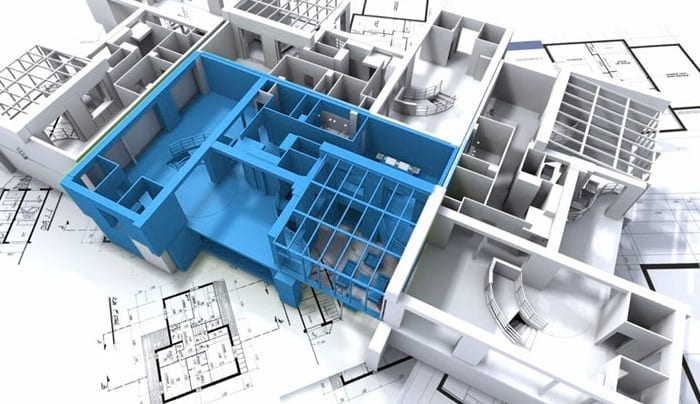Technical


What is BIM and how is it used? | by Thomas Foschini

A BIM object (BIM stands for Building Information Modelling) is a kind of virtual twin of a physical object, and likewise has a shape, dimensions and function. And just as in the real world, BIM architecture displays behaviour that evolves over time and is capable of interacting with other objects belonging to the same digital architecture. A working group set up by Confindustria Ceramica with the participation of member companies, scientific and research institutions, designers and industry experts developed a solution that can be applied to the Italian ceramic tile industry.
Ceramic BIM objects
Ostensibly, a BIM object is a graphic model that can be built in two different ways. Confindustria Ceramica chose to adopt the non-proprietary, standardised open IFC (Industry Foundation Classes) format of buildingSMART, the international community that promotes the creation and development of digital and open working methods for developing the built environment. This way it is possible to guarantee adequate interoperability and durability of the systems over time and compliance with the provisions of Ministerial Decree 560, 1 December 2017, which imposes the obligation to make the digital model available in an open format.
BIM objects are legally obligatory for architectural projects of a certain value and complexity. At the same time, these digital objects may add significant value to the production, promotion and marketing of high-quality products, provided each product sector adopts specific rules and develops disciplinary models capable of raising awareness of the characteristics and points of excellence of its products.
A BIM object must have a shared and accessible structure. When searching for information, the user (architecture firm, engineer, interior designer, maintenance engineer or end customer) must know what to look for and where to find it. It is also important for the BIM object to contain a “property set”, which includes the name of the product, its function and its dimensions, as well as the object’s technical properties and other fundamental characteristics such as environmental sustainability (these properties are an important consideration for both standards and the market). The property set therefore includes the on-site installation manual, maintenance procedures over the product’s entire life cycle, and so on.
After resolving the most critical issue, namely the absence of a precise international standard for ceramic tiles on how such objects should be built and classified in BIM environments, the Confindustria Ceramica working group decided to develop a disciplinary model based on the IFC language (in particular version 4.0 add. 2) while at the same time drawing from the British experience of NBS and creating as faithful a correspondence as possible between the identified property sets, the specific characteristics of the tile object, and the national and international regulations in force.
One further aim was to make this model dynamic and usable over time by adapting to the evolving needs of users and above all to the ever-changing product qualities for which Italian tiles are renowned all over the world.
The disciplinary model
The proposed model has four characteristics: strict compliance with national and international regulatory standards (with the possibility of integrating new standards over time); flexibility and adaptability to the needs of individual companies and/or users; interoperability and ease of application (IFC standards); and last but not least, a model that is intended to perform an “identifying” rather than a “ standardising” function for the sector.
In practice, the development levels defined by the Association’s working group led to the publication of a specific template containing the property sets required by the IFC framework as well as three additional worksheets, DoPAndProductCertification, EnvironmentalSustainability and OtherTechnicalFeatures.
This enables manufacturers to highlight specific product properties that cannot be summarised in other categories. One particularly notable feature of the proposed model is COBie, in practice a subset of information that is useful for facility management (use and maintenance over time), an optional field that is in fact mandatory in the United Kingdom and all Commonwealth countries as well as in the United States, so it needs to be taken into consideration when exporting to these countries.
A significant portion of the working group’s efforts were aimed at establishing a precise definition of the different “levels of compulsoriness”. Only some IFC property sets are obligatory when proposing a BIM digital product image. Everything else represents an opportunity that the company itself can choose whether and how to exploit, and with what level of detail according to an approach that is modular, scalable and adaptable over time.
The future
After being submitted to the UNI sub-committee working on this subject, the template will evolve over time on the basis of feedback from Italian ceramic companies and the market, while a similar disciplinary model for the brick industry is currently under development.
One of the specific challenges facing the Italian market concerns renovation of existing buildings. This theme is already at the centre of the e-BIM project, co-financed by the ERDF Regional Operational Programme, with the Centro Ceramico di Bologna as one of the partners. This wide-ranging field (which includes restoration, energy efficiency and earthquake-proofing of built assets and in particular of historic buildings) may open up further opportunities for the development of high-quality Italian ceramic tiles within the BIM environment.
February 2021




